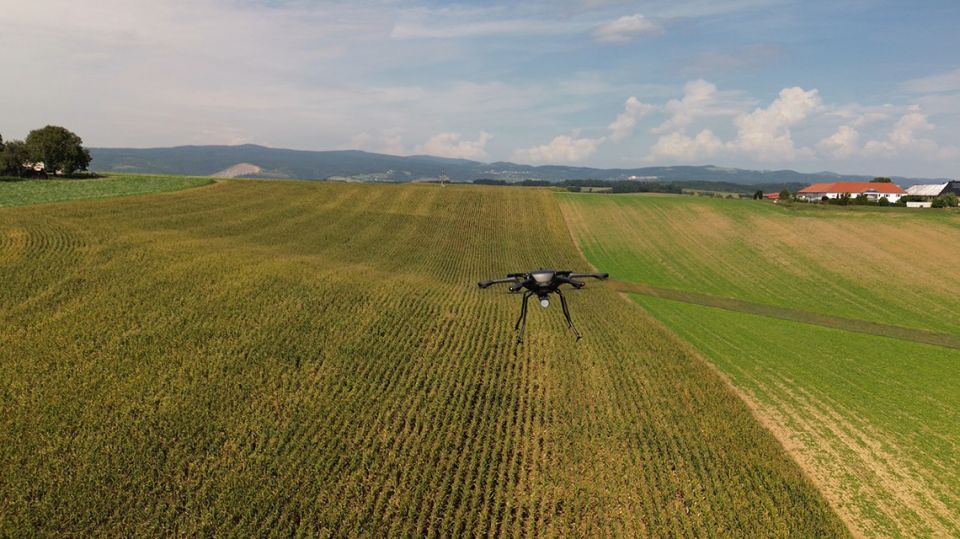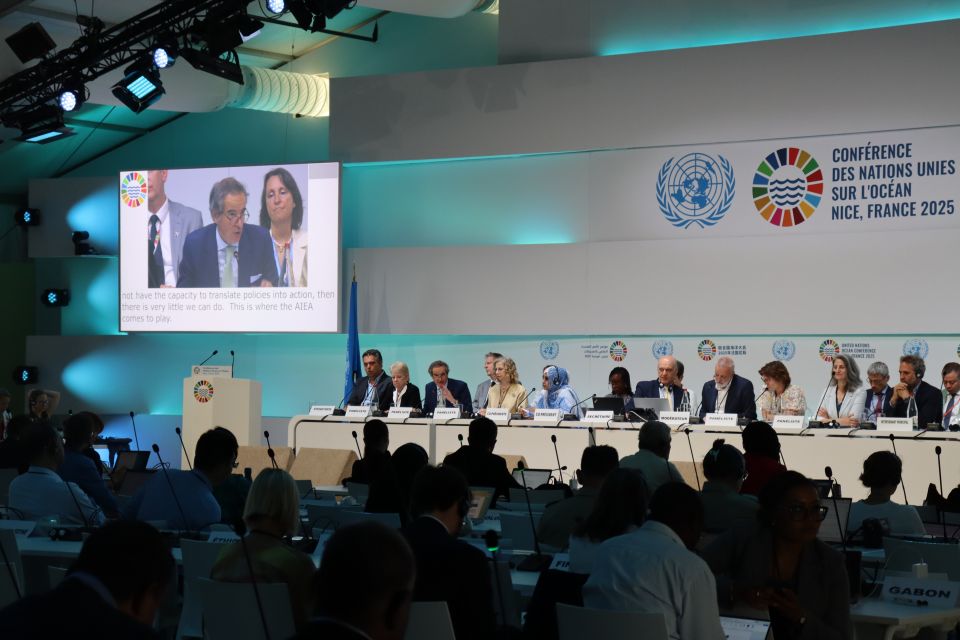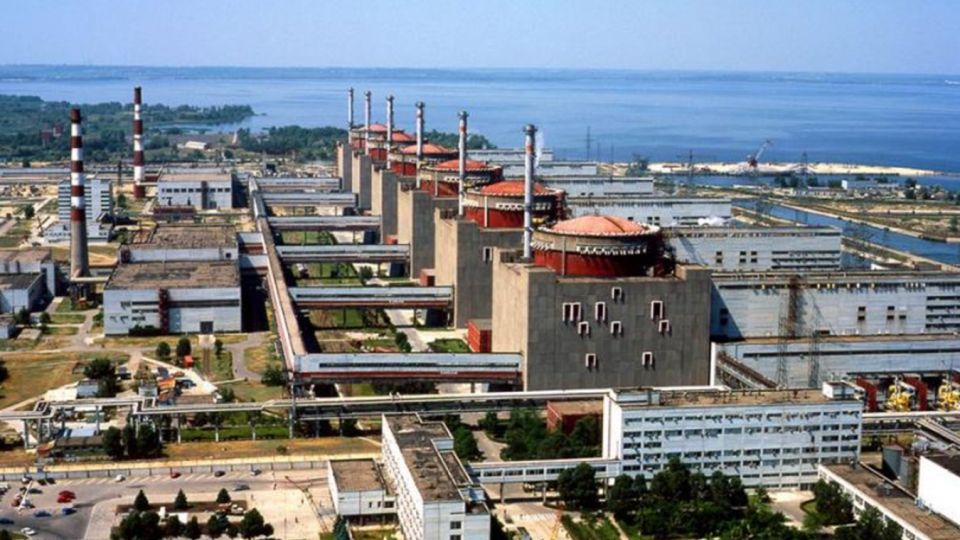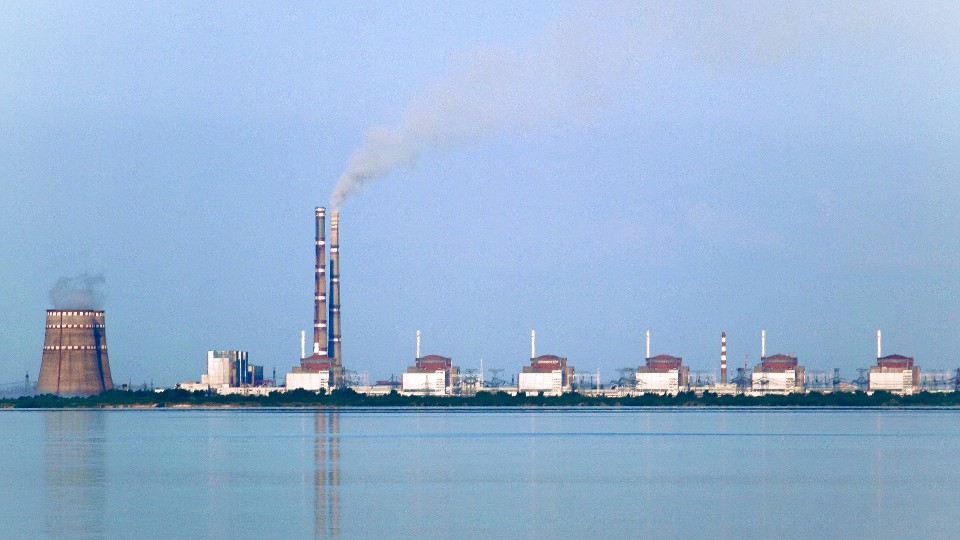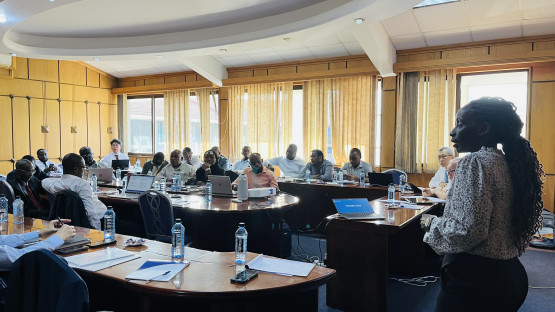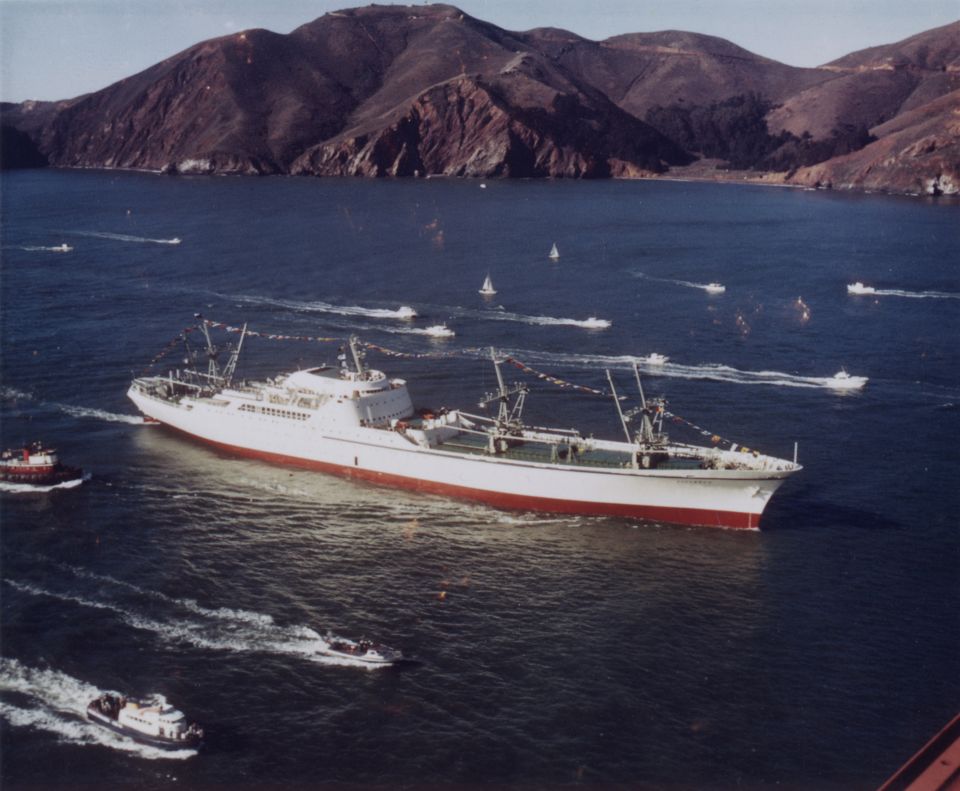The male business of nuclear diplomacy
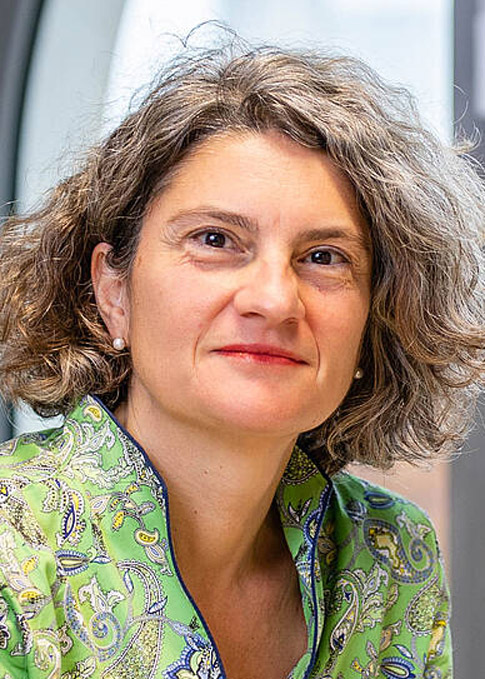
Maria Rentetzi
An unusual event during the recent General Conference of the International Atomic Energy Agency distracted the delegations of member states and the press from the Russian war in Ukraine and the fear of the next nuclear disaster. It was a small exhibition, Building the IAEA Headquarters and its Laboratories, at the IAEA headquarters in Vienna, which brought to life the history of the agency’s laboratories through photographs, original letters and documents, explanatory texts, and timetables.
I was invited to participate in a related panel discussion that shed light on the early days of the “world’s first full-fledged laboratory of a truly international character” (in the words of an article about Seibersdorf Laboratory that ran in the January 1962 edition of the IAEA Bulletin) and its role in science diplomacy. There, I spoke of something that had struck me: Women were totally missing from the agency during this early period—making nuclear diplomacy an exclusively male business. To a large extent (as, for example, the recent IAEA missions to Ukraine show) nuclear continues to be a gendered endeavor.
History: Established in 1957, the IAEA was a concerted attempt by several nations to use atomic energy for peace and prosperity. Post WWII, the United States pushed hard for international regulation of nuclear activities, aware that secrecy no longer made sense. The Soviets had set up their first nuclear reactor in 1946, and they were fast catching up in the race. The French and the British had already reached advanced stages of industrial nuclear technologies. By the mid-1950s, there was no obvious reason for the United States to keep nuclear issues under wraps. President Eisenhower’s proposal for the Atoms for Peace project and an agency that would impose an international nuclear regulation system was the most strategic and reasonable move, given the circumstances.
Initially, 12 countries, including the Soviet Union and other major producers of uranium, met over eight weeks—from February to April 1956—at the United Nations in New York City to discuss the agency’s statute. To the surprise of even the negotiating parties, the final draft was approved on October 23, 1956. Within three months, 80 countries signed the statute. On July 29, 1957, the IAEA officially came into being, marking a new era in the nuclear diplomacy of the Cold War.
The meetings of the Preparatory Commission immediately after the IAEA’S ratification bring to light the nitty-gritty of the novel diplomatic negotiations that for the first time in world history demanded the presence of nuclear scientists. It is indicative that during the first meeting, the Soviets and half of the member states demanded a freeze in discussions until their scientists reached New York to read the statute ratified by the United States. As ambassadors were asked to negotiate outside of their diplomatic comfort zones, nuclear scientists became indispensable.
The research lab: One thing jumps out from the minutes of the Preparatory Commission: adding a research laboratory to a diplomatic agency was an uphill process. For one, heated discussions revealed that Cold War tensions exceeded the binary East-West dichotomy of the globe. The United States saw the lab as “setting a pattern” for the IAEA’s future work by providing services, personnel, and facilities to other nations. They even offered as gifts to the IAEA two custom-made mobile laboratories to speed up the spread of nuclear expertise in Latin America, Asia, and parts of Africa. For their part, the Soviet Union was cautious and adopted a wait-and-see strategy. Their approach was also different in that they favored coordination with other UN organizations so that nuclear needs would be met by contracting existing national laboratories in developed countries. Yet both nuclear powers had the same ambition: to safeguard the atom and gain political clout in underdeveloped countries, as they were then called. For their part, these countries hoped to benefit from the promise of a new world in which the atom was the solution. “The power-packed atom could end the world’s shortage of energy,” proclaimed a 1954 special issue of the UNESCO Courier on nuclear energy.
Global regulations: The IAEA’s laboratory was at the center of this narrative. While the agency promoted the development of nuclear industry and nuclear medicine across the globe, the laboratory was meant to establish universal radiation safety standards and regulate the atom. Initially housed in the kitchen of Vienna’s Grand Hotel (the IAEA’s makeshift headquarters) in the heart of the city, the lab moved in 1961 to Seibersdorf, next to Austria’s first research reactor. It soon became the reference point for all radiation and nuclear issues. Since no other UN agency or related organization had laboratories that could offer nuclear services to member states, the IAEA saw this as leverage to create a niche within the UN system. As W. Sterling Cole, the agency’s first director general, had hoped, the IAEA became the UN’s technical arm, promising nothing less than a resolution to global political issues.
Despite initial difficulties in setting up, over the years the IAEA’s laboratory has gained legitimacy, especially among southern actors . Its focus on development and its promises to set in motion a transnational nuclear diplomacy led to high hopes on the part of the “underdeveloped” member states. But it also established the firm belief that nuclear diplomacy is an exclusively male business.
Where are the women? It is obvious from the IAEA’s recent exhibit that women were largely absent during the major events of the agency’s infancy. At the opening of the exhibition, IAEA director general Rafael Mariano Grossi pointed out that “some of these photos on display here say more than I could say.” And, indeed, they do: Not a single woman appears in the photographs of the general conferences in the late 1950s and throughout the 1960s. Laboratory photos, moreover, depict exclusively men. To the agency’s credit, inclusiveness quotas were met by male scientists who joined the laboratory from all around the world and from all member states. But if such diversity was a must from the agency’s early days, gender was not on anyone’s agenda.
It was not only from the IAEA’s laboratory that women were missing. They were also completely absent from the agency’s Scientific Advisory Committee. Established in 1954 as a UN advisory body and then as the IAEA’s, the SAC shaped the agency’s technical projects and thus defined the development of nuclear science around the globe. Among those asked to provide their vision and expertise to the director general were Isidor Rabi from the United States, Frenchman Bertrand Goldschmidt, the United Kingdom’s John Cockcroft, Russian V. S. Emelyanov, and India's Homi Bhabha. These eminent scientists offered a broad spectrum of know-how, from knowledge and advice on symposia and conferences to the drafting of research contracts with institutions around the world. Though women physicists, such as German Nobel laureate Maria Goeppert-Mayer or Austrian Lise Meitner, had excelled in pre–World War II physics with research on radioactivity and atomic physics, they were never invited to join the IAEA’s SAC. The total absence of women from the diplomatic delegations of member states that poured into Vienna throughout the 1960s clinches the picture of a male-dominated international organization that was destined to define the postwar nuclear order—a new nuclear order governed exclusively by men.
Despite the IAEA’s current efforts to increase the number of women across all of its sectors, gender equity is still lagging. The gender gap in nuclear science is also still huge: Women make up less than 24 percent of the workforce. According to a recent study, the figures for women in diplomacy are even less encouraging: 85 percent of the world’s ambassadors are male, and only four out of 73 presidents of the United Nations General Assembly since 1945 have been women. And, of course, the IAEA has never had a female director general.
The importance of diversity for making better decisions is well documented. If we want sound decisions and diverse views in nuclear—both industry and medicine—we obviously need a more gender-balanced nuclear diplomacy.
Maria Rentetzi is the chair for science, technology, and gender studies in the Faculty of Humanities, Social Sciences, and Theology at Friedrich-Alexander-Universität in Erlangen-Nürnberg, Germany.
This publication is part of the HRP-IAEA project that has received funding from the European Research Council (ERC) under the European Union’s Horizon 2020 research and innovation programme (Grant agreement No770548.)



